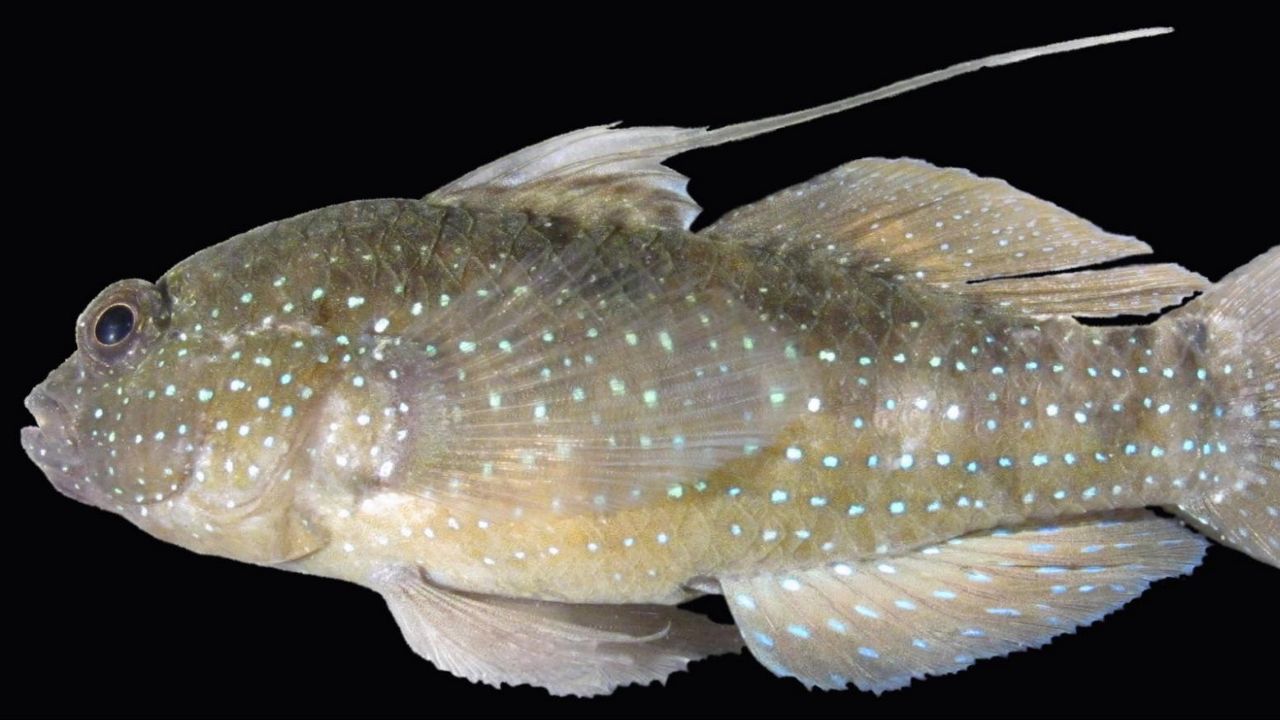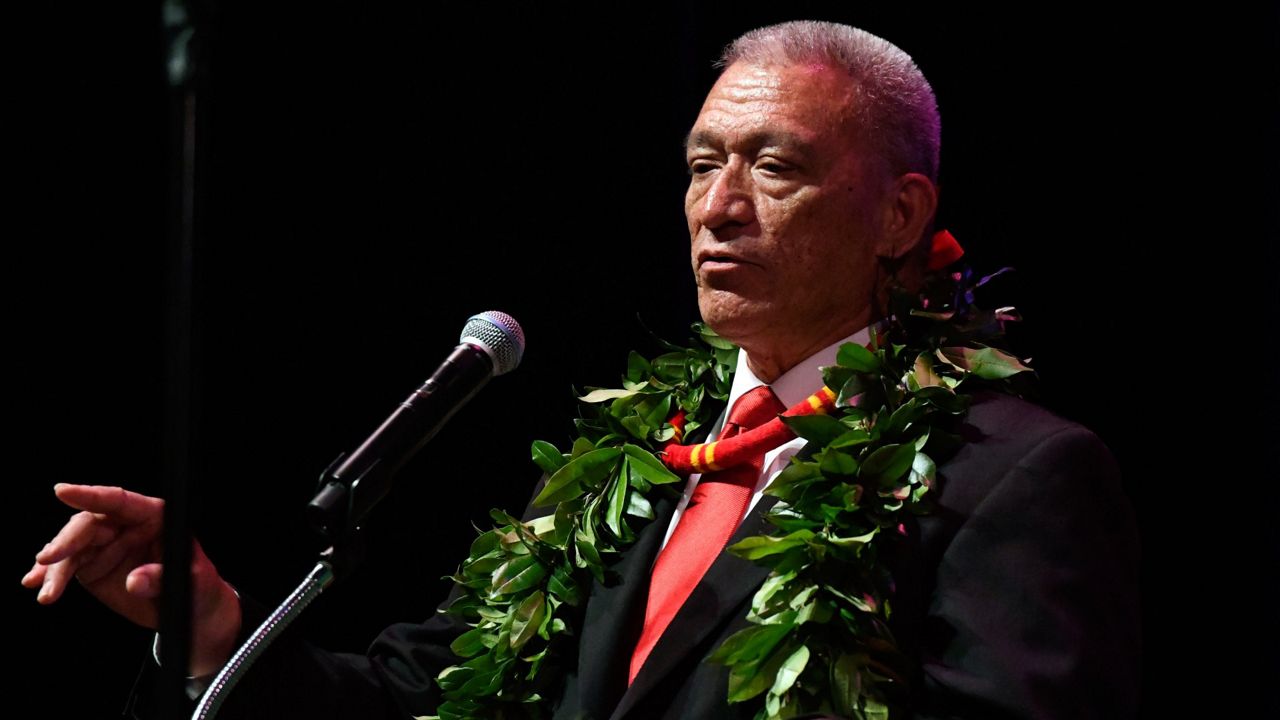In what could be the ultimate off-site storage operation, researchers at the University of Hawaii’s Hawaii Institute of Marine Biology and the Smithsonian Institution are exploring the potential of storing animal cells on the moon for species preservation in the event of a global disaster.
A plan for the creation of a lunar biorepository is laid out in a paper published in the journal Bioscience. The article was authored by scientists at HIMB and Smithsonian in collaboration with researchers from Harvard Medical School, the National Ecological Observatory Network, University Corporation Atmospheric Research and University of Minnesota.
“Initially, a lunar biorepository would target the most at-risk species on Earth today but our ultimate goal would be to cryopreserve most species on Earth,” said lead author Mary Hagedorn, an HIMB affiliate faculty member and research cryobiologist at the Smithsonian’s National Zoo and Conservation Biology Institute. “This is meant to help offset natural disasters and, potentially, to augment space travel.”
The scientists were inspired by the Svalbard Global Seed Vault in Norway, which contains more than 1 million frozen seed varieties as a backup for Earth’s crop biodiversity. They envision the lunar biorepository as a public entity to include public and private funders, scientific partners, countries and public representatives with mechanisms for cooperative governance like the Svalbard bank.
Preserving frozen animal cells on Earth is challenging because the liquid nitrogen, electricity and uninterrupted maintenance and monitoring required to keep the samples at the necessary -320-degree Fahrenheit are susceptible to disruptions.
In contrast, craters at the poles of the moon exist in perpetual shadow, maintaining temperatures so low that no electricity or liquid nitrogen would be required to keep the samples properly frozen. The scientists said samples could be stored underground or inside a structure with thick walls made of moon rock to block out the DNA-damaging radiation present in space.
While sperm and embryos from most wildlife species cannot reliably be preserved, skins cells from many species easily can be preserved, the scientists said. These cells can be transformed into stem cells to recreate species and would be the primary biological material stored in the lunar biorepository.
As one early step, the combined team successfully cryopreserved skin cells from the celestially named starry goby, a Hawaiian reef fish. These first samples created for the lunar biorepository are currently stored at the Smithsonian.
“We hope that by sharing our vision, our group can find additional partners to expand the conversation, discuss threats and opportunities and conduct the necessary research and testing to make this biorepository a reality,” Hagedorn said.
The team is working on developing prototype packaging able to withstand the radiation and microgravity associated with space travel and storage on the moon. To this end, they will test cryopreserved fish skin cells to see how they respond when exposed to radiation. Future experiments will be conducted on Earth and aboard the International Space Station.
“Life is precious and, as far as we know, rare in the universe,” Hagedorn said. “This biorepository provides another, parallel approach to conserving Earth’s precious biodiversity.”
Michael Tsai covers local and state politics for Spectrum News Hawaii. He can be reached at michael.tsai@charter.com.









